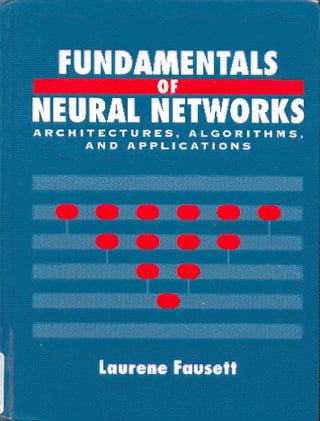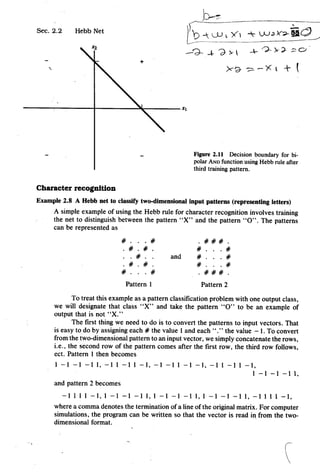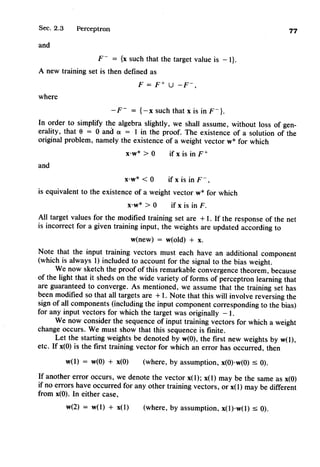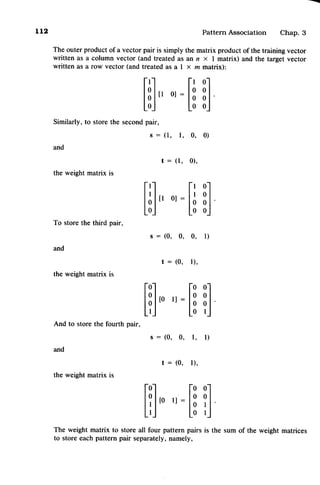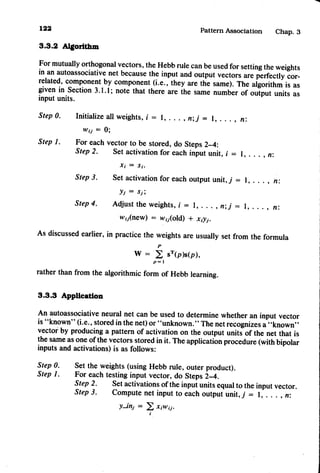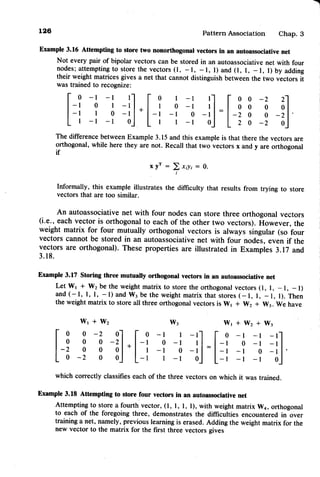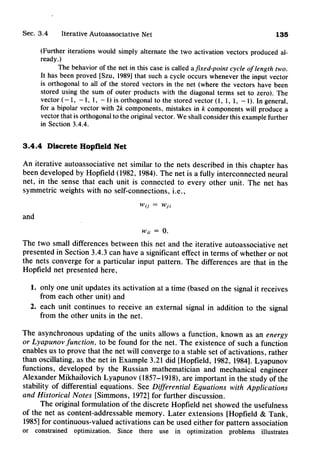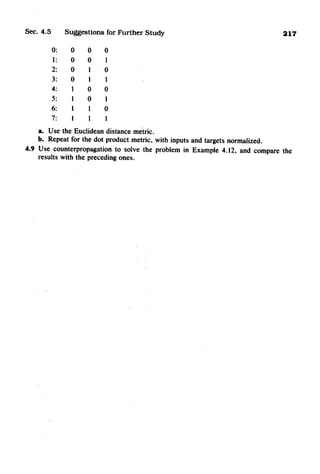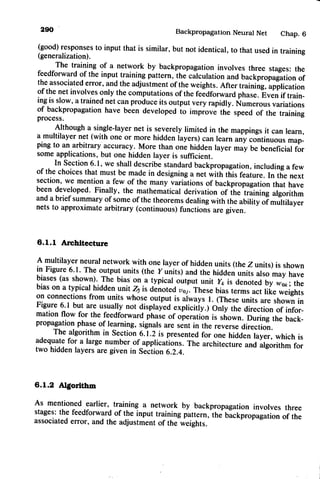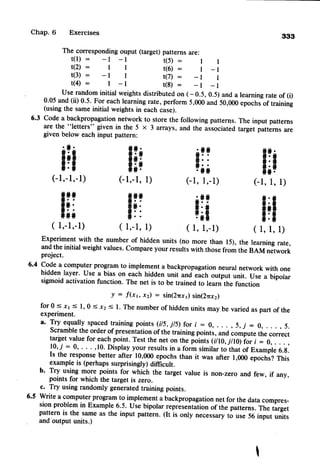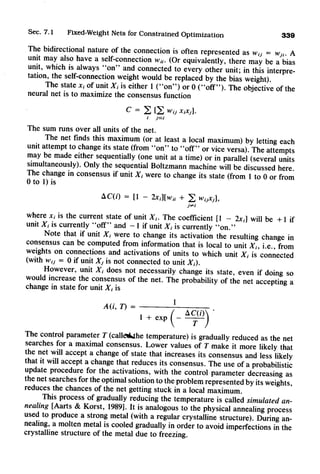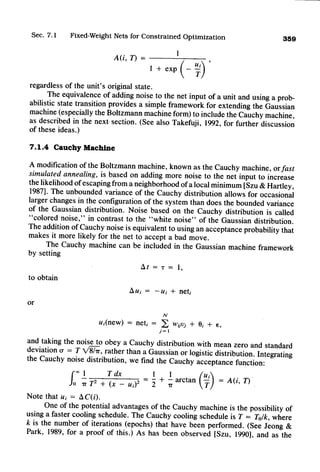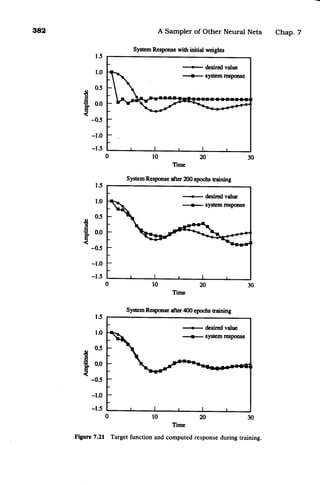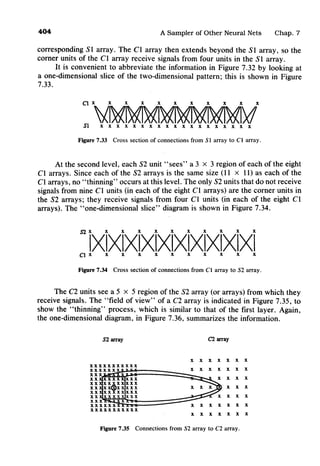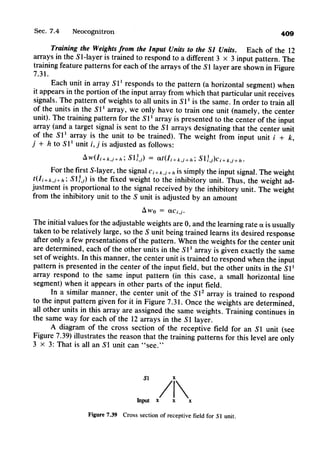This document is a preface to a book about neural networks. It provides an overview of the book's contents and objectives. The book aims to present a variety of standard neural network architectures along with their training algorithms and examples of applications. It is intended as both a textbook and reference for students and researchers interested in using neural networks. The preface outlines the scope and organization of the material covered in the book.
